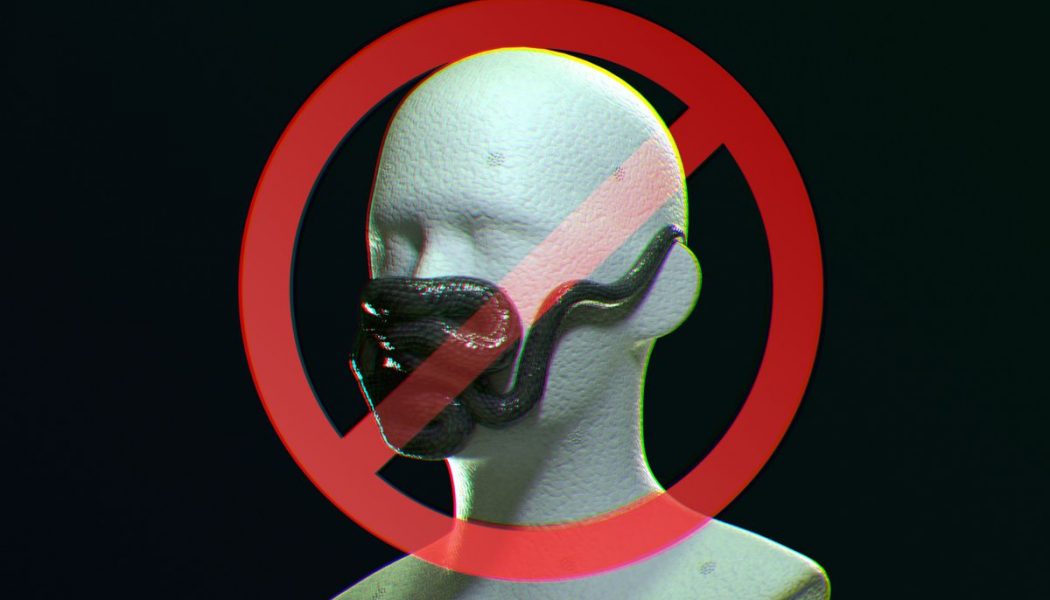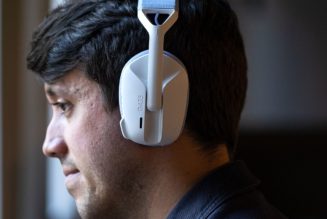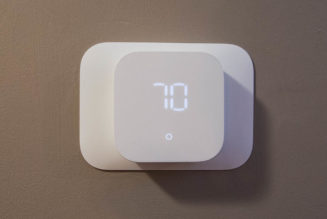Over the last several months, I have seen a great many comparisons of fabrics that can be used to construct homemade face masks to help prevent the spread of COVID-19, but I have not seen anyone discuss the use of live snakes. I assume it is because of this crucial omission that a man boarded a UK bus using a live snake as his face covering.
Snakes are adorable, so I understand the temptation. However, it is worth considering that a good face mask needs to be made of a breathable material, and a live snake, unfortunately, is not that. Because this man cannot breathe through his snake, which looks to my non-expert eye like a ball python, he is inhaling and exhaling through the gaps around the snake’s body — which means his breath isn’t being filtered at all.
It is perhaps also worth mentioning that live snakes have minds of their own and are unlikely to stay put for very long. This particular snake, for instance, decided it wanted to explore the bus’s hand rails, rendering the man’s face uncovered entirely.
Many snakes, including ball pythons, are carriers for salmonella, which lives happily in their guts and will make you just miserable. This is why the Centers for Disease Control recommends you should always wash your hands after handling reptiles and amphibians. “Do not kiss or snuggle with reptiles and amphibians because this will increase your risk of getting sick,” the CDC warns us. I know, total bummer.
Perhaps you are wondering: what about snakeskin? That is, the material made from skinned snakes and tanned. Besides being expensive, it’s not breathable either.
Here are some other animals I cannot recommend as face masks:
- Jellyfish. Not breathable, may sting you
- Cats. Not breathable, sharp at every end, won’t stay put.
- Sloths. Docile enough to stay put, but again: not breathable.
- Tarantulas. A really nice statement piece for Halloween, but again, neither breathable nor likely to stay put.
Once again, on behalf of science journalists everywhere, I apologize that we did not clearly enough communicate that a live snake is not a viable face mask that will protect against COVID-19. We will strive to do better in the future.
:no_upscale()/cdn.vox-cdn.com/uploads/chorus_asset/file/21886735/VRG_SnakeMask_5.0.jpg)










